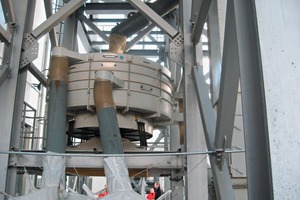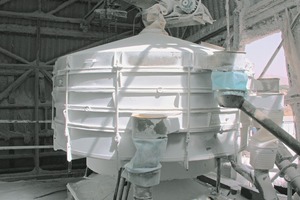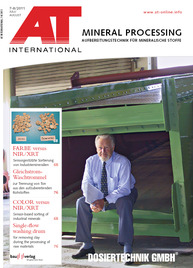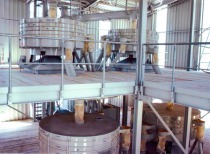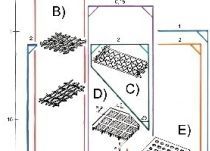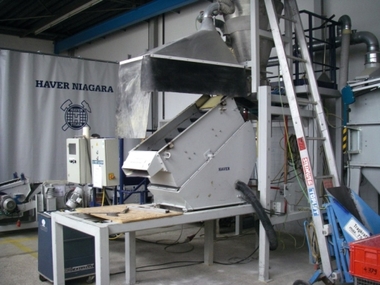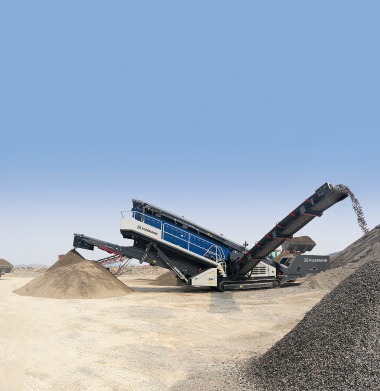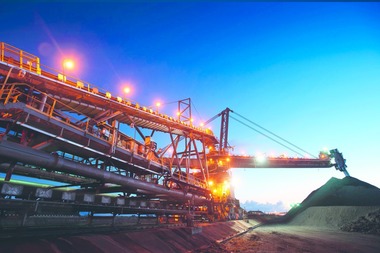Ultrafine screening – easy and good
Handling, operating and maintenance costs, environmental friendliness and fast adaptability to changing process parameters are all key criteria in the decision to buy a new screening machine. It is not only necessary to consider the screen-related expertise of the screen supplier, but the company’s overall competence in process engineering. In screening, the priority is to maximize the yield of acceptable, i.e. “good” particles, and to prevent these being discharged with the oversize or undersize so as to minimize product loss.
For applications in fine to ultrafine screening and, associated with this, for screening difficult-to-screen bulk solids, Allgaier Process Technology supplies its proven tumbler screening machines, which are used successfully, for example, for rock powders, silica sand and other mineral products.
Significant technical advances for this screening system include the combination of ultrasonic and air for better cleaning of mesh cloth even with extremely small mesh openings and when handling products with very high adhesive forces as well as the electronic “MultiBalance” fine balancing system, which can reduce previously uncontrollable residual forces in tumbler screen systems by up to 80 %, enabling the operation of these screens with maximized safety in tall steel structures and buildings.
The operating principle of the single- or multi-deck tumbler screens is predestined for sizing in narrow particle size ranges with good screening efficiency. The three-dimensional screen unique motion projects the screen feed on a spiral path to the outer sections of the screening surface. The residence time of the bulk solid can be lengthened or shortened by adjustment of the machine parameters in line with the bulk solid or required screened product. The material bed is pulled apart as a result of the increasing space available so that almost the entire near-size particles get a chance to pass through the openings and their access to the apertures is not blocked by larger particles. So with a high specific throughput rate, up to 99 % screening efficiency is achievable.
A demanding application involving the separation of limestone into five fractions with cut-points from 0.25-1.6 mm with a permissible oversize of just 5 % and a dust content lower than 15 % could be realized without any problems with a TSM 2600 tumbler screen. Screening is performed over 24 hours on five days per week with a capacity utilization up to 95 % and a throughput rate of 25 000 kg/h.
For use in the non-metallic minerals industry (Fig. 1), rugged and durable models meet the high requirements of this demanding industry. Owing to their low height and space-saving round design, tumbler screens are in many cases the economic solution for the extension of existing processing plants and fitting out new plants. Different sizes are available up to a maximum screening area of 6.42 m²/deck.
With the modular structure of the tumbler screen and a series of options, e.g. product-specific screen cleaning, hinged cover, deck lifting systems or quick clamping systems for fast access to screen inserts, even specialized solutions (Fig. 2) can be cost-efficiently realized and optimally adapted to a wide range of feed materials.

